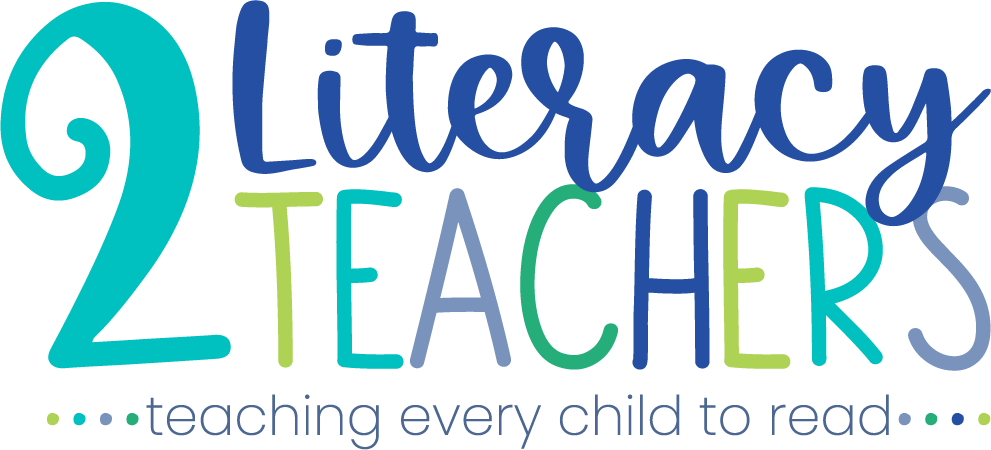Hi friends! Today, we wanted to share with you some ideas that will, hopefully, help you when designing and delivering differentiated instruction. We have been writing this series of posts for the last few Sunday’s with the hopes that we can help ease some of the stress that comes along with layering instruction while teaching common themes in your classroom. With each post, we have been offering a craftivity FREEBIE! Stay tuned at the end of this post to find all of these FREEBIES!
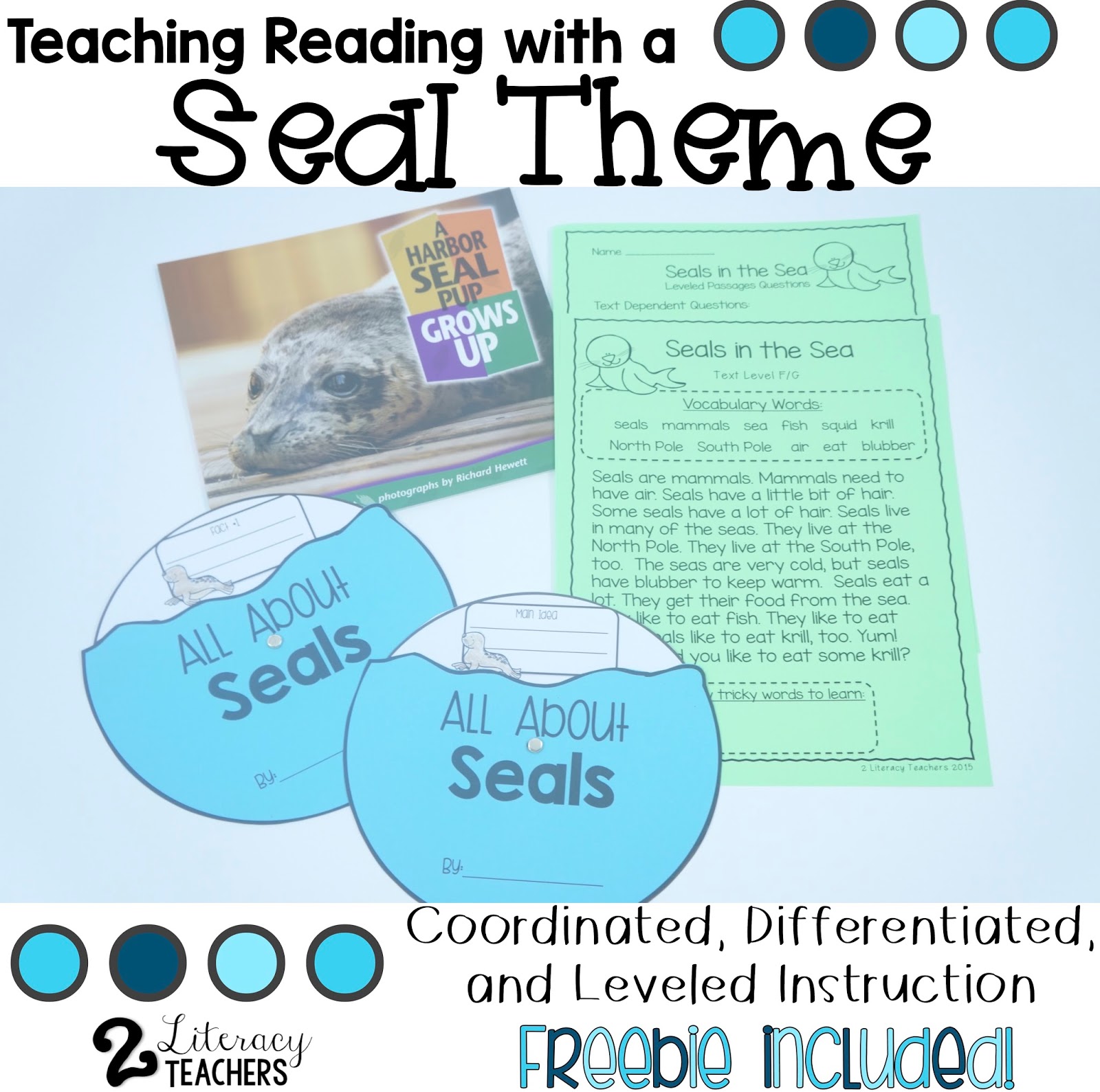
Seals my not be a common, stand alone, theme in your classroom but it’s a great one! It also fits well with any arctic animal units! Finding literature texts about seals is not the easiest task. We have found that using this theme works best when studying informational text.
Here are some cores that we think would fit well into this theme:
RI 1 – Asking and answering questions about a text
RI 2 – Identifying the main topic of a text or paragraph
RI 4 – Identifying the meaning of words and phrases
RI 6 – Identifying main purpose of a text
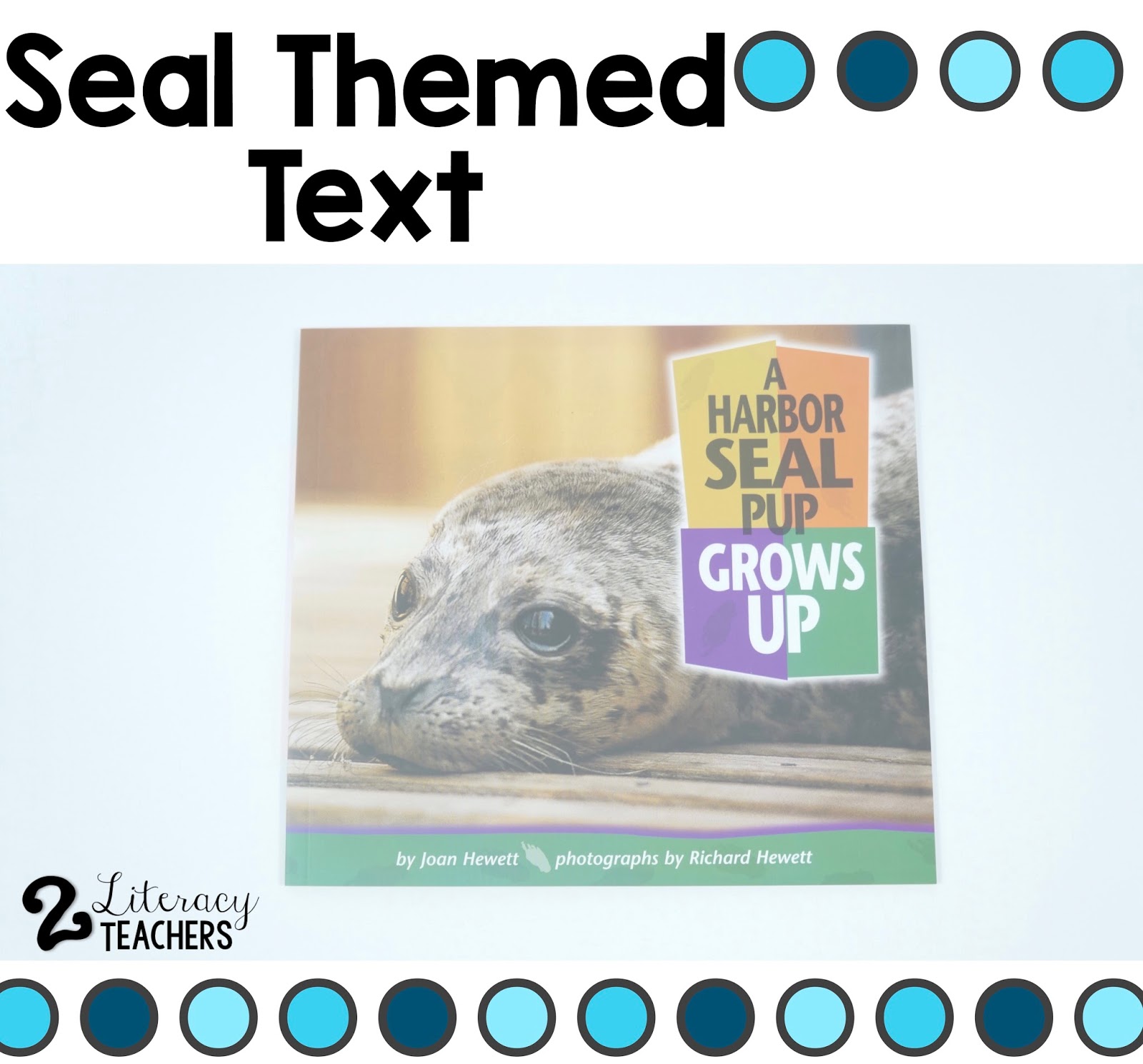
Let’s begin with whole group instruction. We found this awesome text by Joan Hewett called A Harbor Seal Pup Grows Up. This is a great text to introduce your concept, whichever core you are focusing on. This text has great photographs! It’s about a seal pup who is rescued and taken care of before released back into the wild. It has great vocabulary in it such as mammal, examines, pup and rescued. This text is mainly focused on what the pup needs to grow healthy, which makes it an easy way for students to identify the main idea and details to support it. The reason we like this text is because it is simple enough for young readers to easily understand but, contains enough information that you can pull a few different cores to focus on. Once you have taught the main concept or cores, it’s important to support this learning in reading, or small, group instruction.
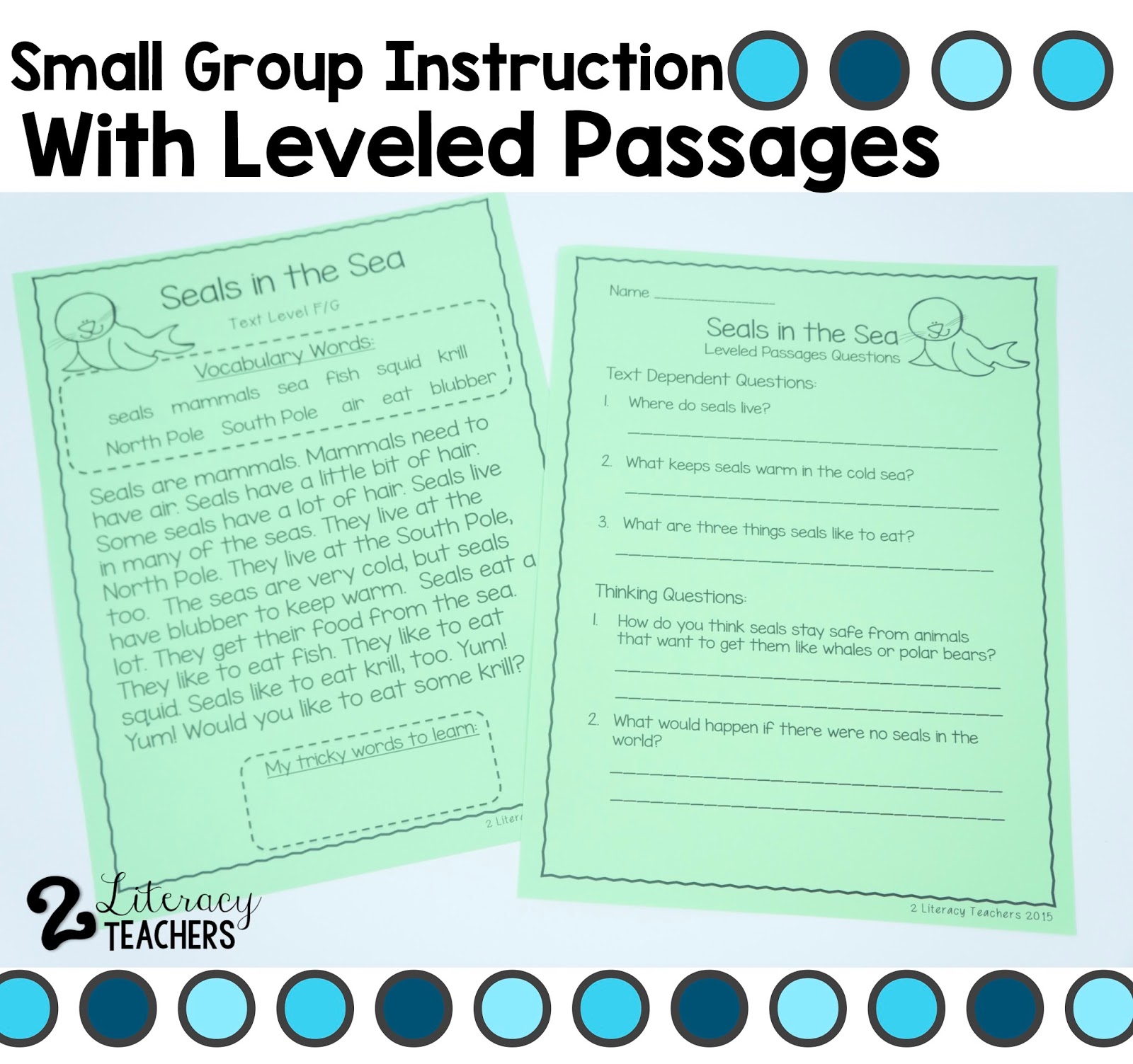
This passage is from our Polar Animals Leveled Passages bundle, but you can all purchase it individually. It is called Seals in the Sea and it comes in six different levels from A-I. Since these are leveled, it makes it easy to differentiate the levels students are working at! This is a great way to support your students in building background knowledge of seals. By adding to their schema, they will be able to focus on more difficult concepts, such as identifying the main idea. Another reason we like to use passages in groups is because we are able to highlight the main idea in one color and the supporting details in another. The main idea of this passage is about all about seals. They are mammals, they have hair, they have blubber, they eat fish, etc. It is written in a way that it is easy for kiddos to ask questions, answer questions and identify the main idea, purpose and key details. By using leveled passages, you can be sure that your students are working at their instructional level while still supporting your main instructional content for the week.
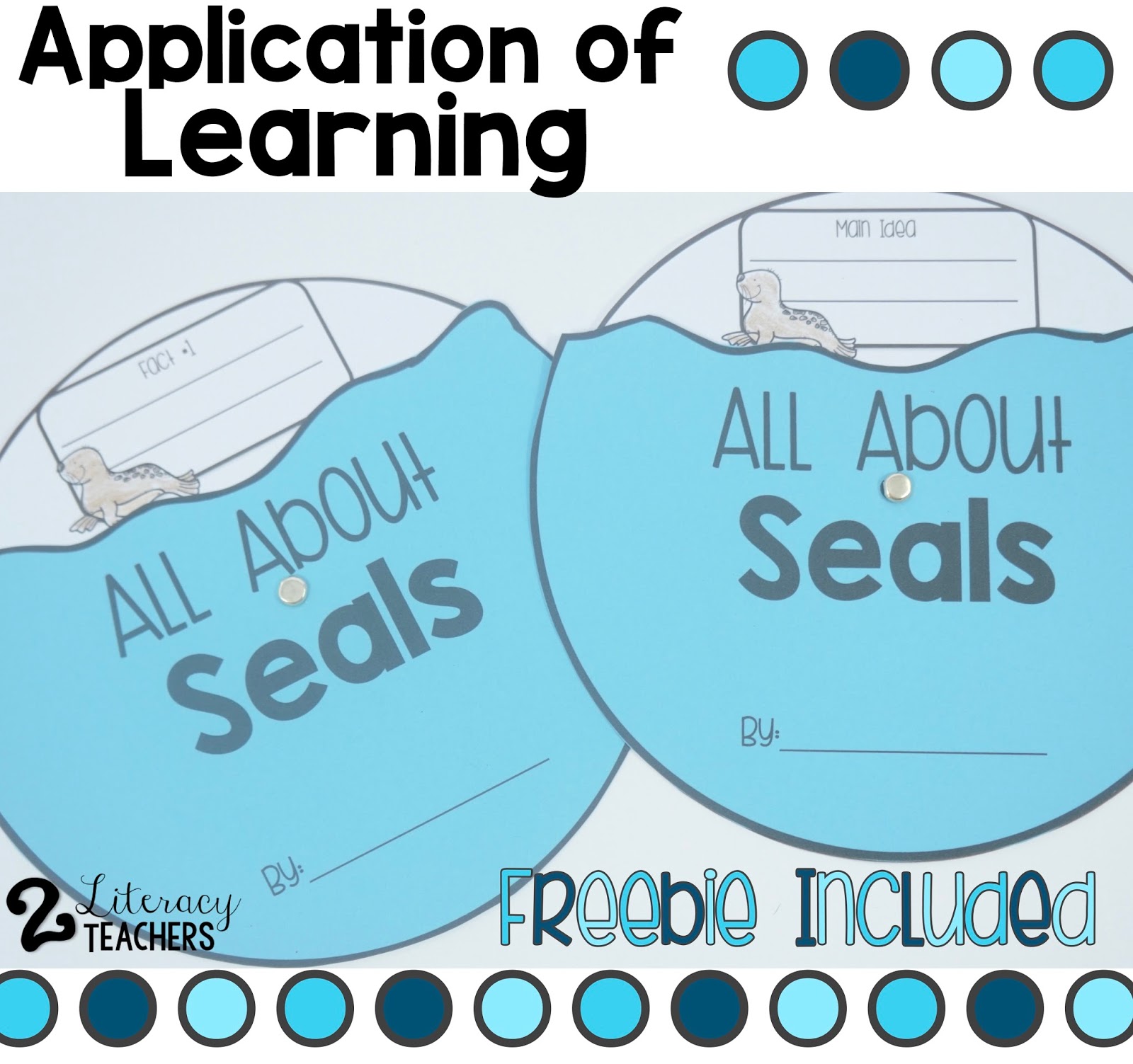
Finally, to allow students to demonstrate their learning, we have included a FREEBIE. This FREEBIE has two versions. Students can write down the main idea and supporting details or, for a simpler version, students can just write down different facts they’ve learned. You could do this at the end of the week, as a way for students to demonstrate what they’ve learned. Or, you could have them use the leveled passages, at their independent level, and have them work in partners or independently, to show what they have learned. We have found that when students are able to create a hands-on item to demonstrate their learning they are more successful in retaining it. Click HERE to grab this Seal Fact Spinner FREEBIE!
Hopefully this helps you, or at least gets your brain spinning, on different ways to layer and differentiate your instruction. To check our our previous posts and grab those FREEBIES, click the pictures below.
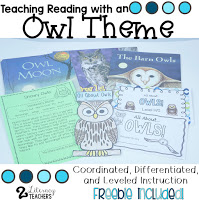
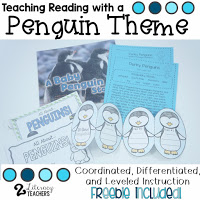
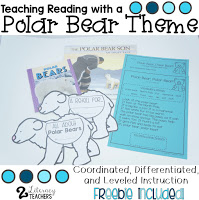
We hope this helps you in teaching your seals, or arctic animals, theme! Have a great week!! 🙂

